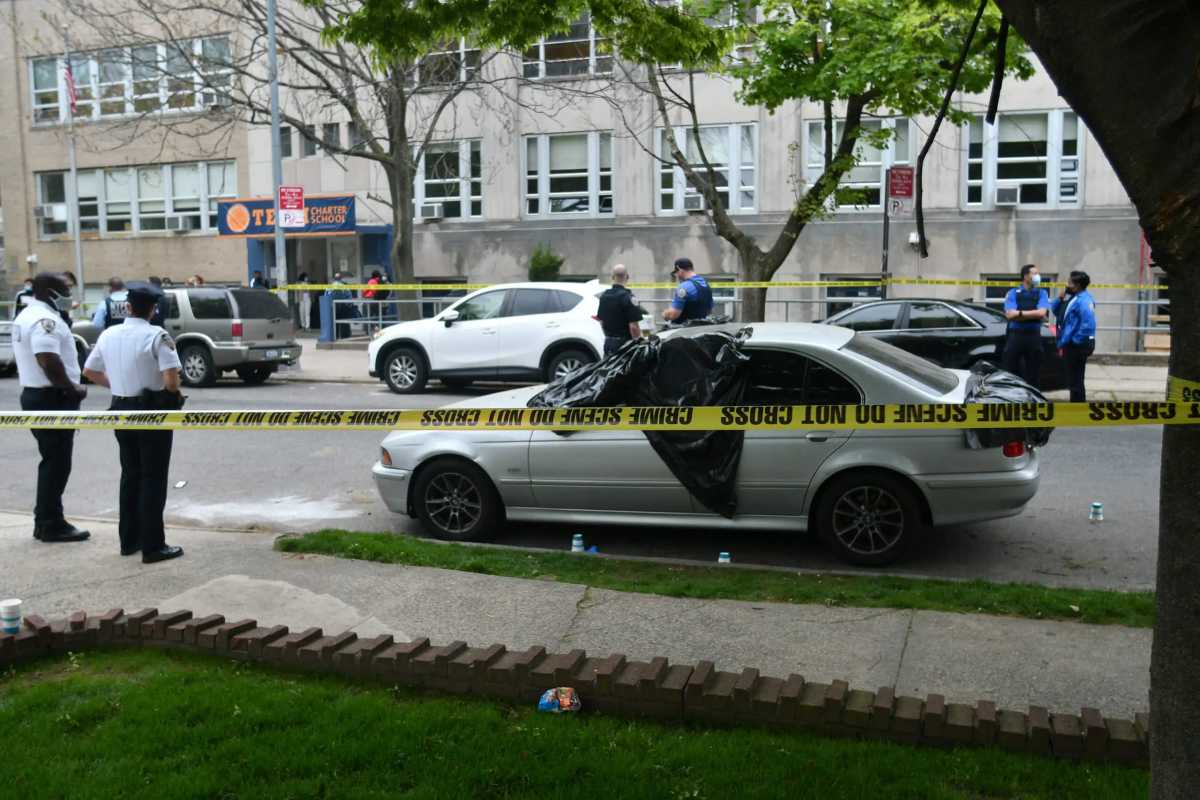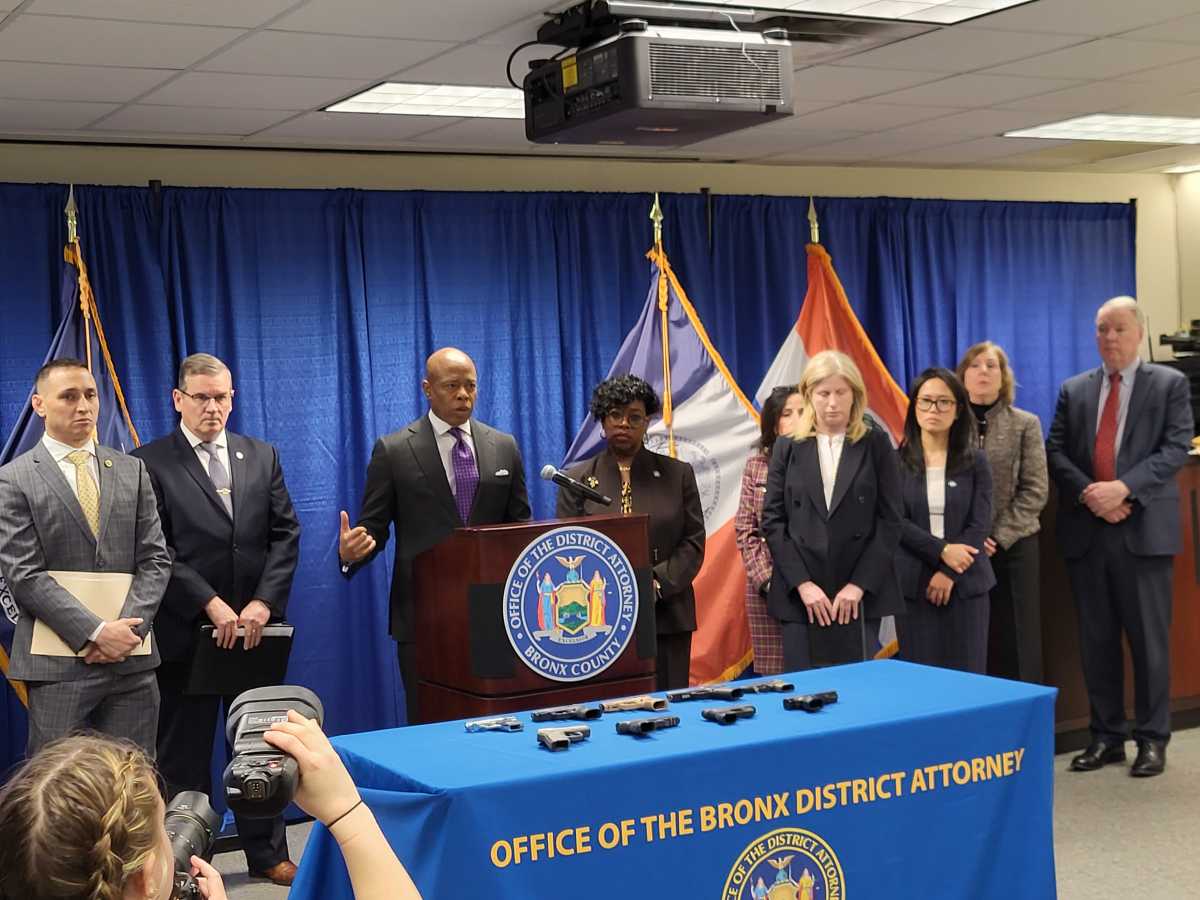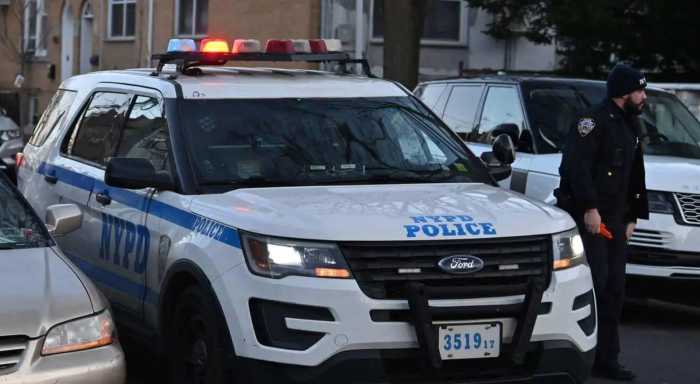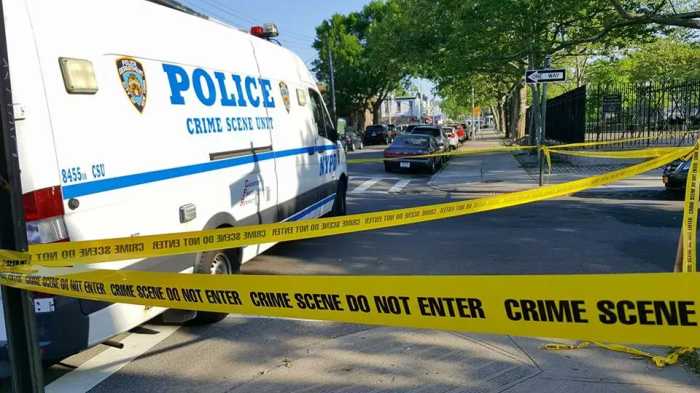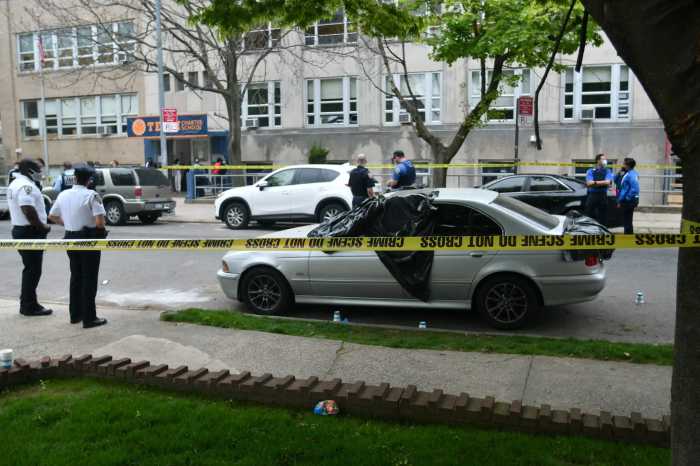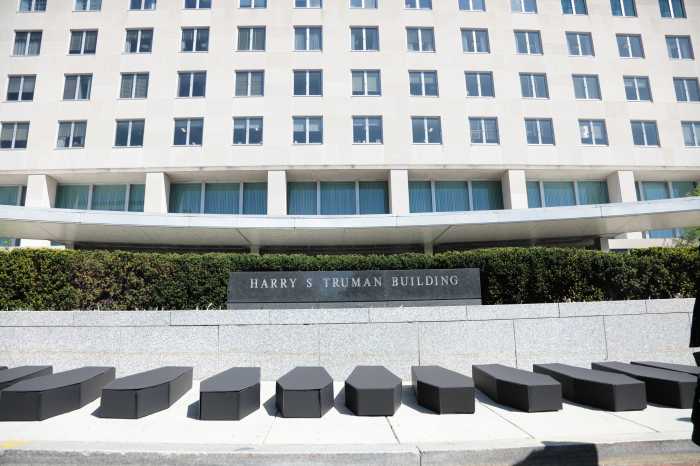If you work in Manhattan and have the gift/luxury of a lunch break, you’ve probably used a POPS without knowing it.
POPS, or privately owned public spaces, can be sunny or shaded plazas or sitting areas in indoor atriums, where you can enjoy your sandwich away from the desk.
At worst, these POPS are barren, vacant lobbies, or simply (and illegally) inaccessible.
Why does that matter beyond the fact that you can’t find a place to nibble your sandwich? Because there’s no such thing as a free POPS: each one was set aside for the public by property owners or developers in exchange for building bigger or taller towers and thus renting out more commercial space.
A new City Council effort aiming to get developers to stick to their end of the bargain has a particularly juicy case study: Trump Tower on Fifth Avenue, which was able to build taller in exchange for setting aside public spaces.
The public part of Trump Tower has received significant attention since Trump descended the escalator in June 2015 to announce his presidential run.
That has included hordes of tourists and well-wishers and protesters, as well as questions about whether Trump could close down the atrium for campaign events (which he did on multiple occasions). The tower’s agreement with the city allows it to close the space four times a year with prior approval from the city.
But fights over how accessible Trump Tower public space actually is started years before his campaign. Those fights included shenanigans with a bench removal and lobby space being used inappropriately for Trump merchandise sales.
Beyond its connection to the leader of the free world, the Trump Tower POPS is a pretty good example of the benefits and pitfalls of giving developers a break in exchange for what is effectively a nice place to eat lunch.
The Tower includes two public gardens that are nice, spacious and peaceful. The larger one includes seats and trees and tables overlooking 57th Street.
But both gardens are hidden above the lobby, accessible by those towering escalators, though you’d have to know where to look for them. There are limited signs and security guards (recently including Secret Service) tend to be posted discouragingly, even before Trump’s run.
Entering the lobby, you’d be forgiven for thinking the space is mostly a monument to the builder’s wealth and prestige. Other than sitting briefly on the single uncomfortable bench, the lobby design leaves nothing to do but look at the waterfall or the prices at Trump Grill ($28 for a prix fixe meal). You could argue giving people access to an empty lobby wasn’t a good trade compared to the extra floors the Trump Organization was allowed to build.
During the transition, you’d be hard-pressed to find any New Yorkers not associated with Trump’s campaign using the space. Naturally, security was tight, and traffic was circumscribed even more than it is now on the blocks around the tower. The lobby was mobbed with reporters and visitors (Kanye West and the Naked Cowboy, among others).
Things have calmed down now, though locals are still scarce. On Thursday, there was a steady trickle of visitors taking pictures in front of the waterfall or Trump Grill. Others admired the official Trump merchandise in glass cases, including at least three different items modeled after blocks of gold.
Visitors to the tower who I spoke with universally described it as impressive and part of a list of must-see tourist attractions in New York City, along with Central Park, shopping and the Statue of Liberty.
Only a few tables in the basement “garden level” were occupied, adjacent to the private Trump Grill section. Secret Service agents in protective vests sat at some, just another day on the job.
Going up the many escalators, all the walls are covered with mirrors, making the public space look bigger than it is, until you realize you’re just looking at yourself.
The Level 4 garden was closed Thursday. The Level 5 one was empty for a few minutes other than Lucas Melzig, 24, a German visitor who studies German and American politics in Cologne and said he thought Trump had accurately read the economic mood of the country in places like Ohio.
Soon Melzig was gone and three students from Paris took his place. They exited soon, too, leaving plenty of room for anyone who wanted to take advantage of the real estate breaks the citizens of New York have given to developers like Trump. We might as well use what we got.









